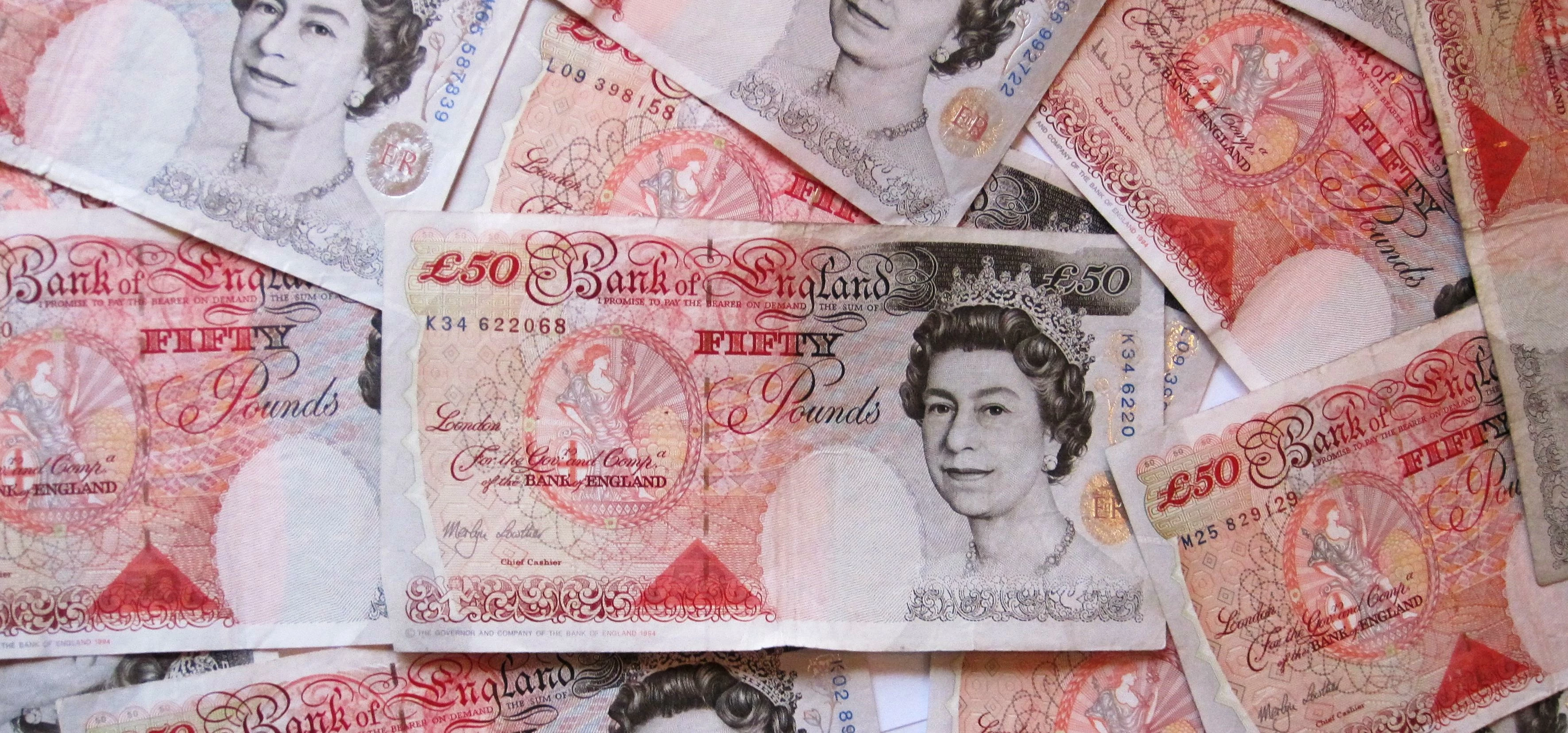
£318m to be invested into Doncaster Council’s ‘Capital Programme’
£316m is set to be invested in Doncaster through the council’s Capital Programme with job creation, skills, housing, school buildings, roads, town centre regeneration, and support for the disabled and elderly at the focus of the fund.
The council is delivering a range of ‘invest to save’ projects, with new equipment and technology helping to enhance services and reduce annual running costs, in order to minimise the impact of government cuts.
Mayor Ros Jones said: “Everyone knows about the deep government cuts to our revenue budget, which has vastly reduced the money we have to spend running public services every year. However, we will not allow those cuts to take Doncaster backwards, so we have worked hard to create a Capital Programme that enables us to invest in the borough and its future.
“This programme isn’t just about the future though. Our plans will also deliver real improvements for people straight away, including thousands of home adaptations to support the elderly and disabled, and improvements to grass cutting, street cleaning and street lighting.”
Included in the budget is an estimated £18.3m investment in the National College for High Speed Rail over the next two years, following the start of construction in the Spring. A further £9.1m will also be invested in phase two of the FARRRS project, which will unlock 395,000m2 of commercial development space at Doncaster Sheffield airport.
Town Centre regeneration projects are set to include improvements at Doncaster Market, the civic and cultural quarter, and around the railway station utilising money from the Sheffield City Region Investment Fund (SCRIF).
In addition to signficant investment in schools and care homes, there will also be widespread improvements to council housing, with the £14.9m Affordable Housing building programme set to create 140 council-owned affordable units over the next four years.
£5.2m will also be invested in thermal efficiency, completing a three–year programme which will result in improvements to 1,660 council properties. A further £17m will be spent on improving and maintaining the existing housing stock, with the 2016/17 focus on improvements to communal areas, heating upgrades and refurbishment of void properties.
Capital spending differs from revenue spending, which covers the day to day costs of running council services. Most capital investment is allocated for spending on specific projects, and can reduce council running costs by providing more efficient facilities and equipment - the council’s recent £2.2m investment in Streetscene equipment being a prime example.
Future running costs will be reduced by a further £3.8m investment in the Smartlight project, which has already seen new LED streetlights installed in several areas of the borough and will protect the council from rising energy costs in the future. There will also be a range of road safety, traffic management and surface improvement works to local footpaths, roads and bridges during the budget, with an investment of £6m through the Local Transport Plan (LTP).
Increasing the efficiency of council services will be assisted by a £3.9m investment in IT projects, improving the council’s management of information and increasing online accessibility to customers.
Additional investment will be made in the borough’s public leisure centres, with £2.1m earmarked for maintenance and system replacement works, mainly at Adwick, Dearne Valley and the Dome. There will also be a £1m investment in refurbishing the roof and façade of the Grade II* Listed Corn Exchange at Doncaster Market.
Speaking about the proposed budget, Mayor Ros Jones said: “This programme includes millions of pounds worth of investment in major projects to help transform our borough’s economy and increase opportunities for local people. Much of this money has been secured through our work with colleagues in the Sheffield City Region. We have adopted an outward looking, forward thinking approach for Doncaster, which is now starting to pay dividends for local residents and the region as a whole.”
“We need to drive Doncaster forward, not look to the past, and we will continue to be as innovative as possible.
“Within the next few years, we will see major projects continuing to deliver job opportunities, while infrastructure and service improvements will provide Doncaster the platform to continue its growth.”
Looking to promote your product/service to SME businesses in your region? Find out how Bdaily can help →
Enjoy the read? Get Bdaily delivered.
Sign up to receive our popular Yorkshire & The Humber morning email for free.








 How to make your growth strategy deliver in 2026
How to make your growth strategy deliver in 2026
 Powering a new wave of regional screen indies
Powering a new wave of regional screen indies
 A new year and a new outlook for property scene
A new year and a new outlook for property scene
 Zero per cent - but maximum brand exposure
Zero per cent - but maximum brand exposure
 We don’t talk about money stress enough
We don’t talk about money stress enough
 A year of resilience, growth and collaboration
A year of resilience, growth and collaboration
 Apprenticeships: Lower standards risk safety
Apprenticeships: Lower standards risk safety
 Keeping it reel: Creating video in an authenticity era
Keeping it reel: Creating video in an authenticity era
 Budget: Creating a more vibrant market economy
Budget: Creating a more vibrant market economy
 Celebrating excellence and community support
Celebrating excellence and community support
 The value of nurturing homegrown innovation
The value of nurturing homegrown innovation
 A dynamic, fair and innovative economy
A dynamic, fair and innovative economy